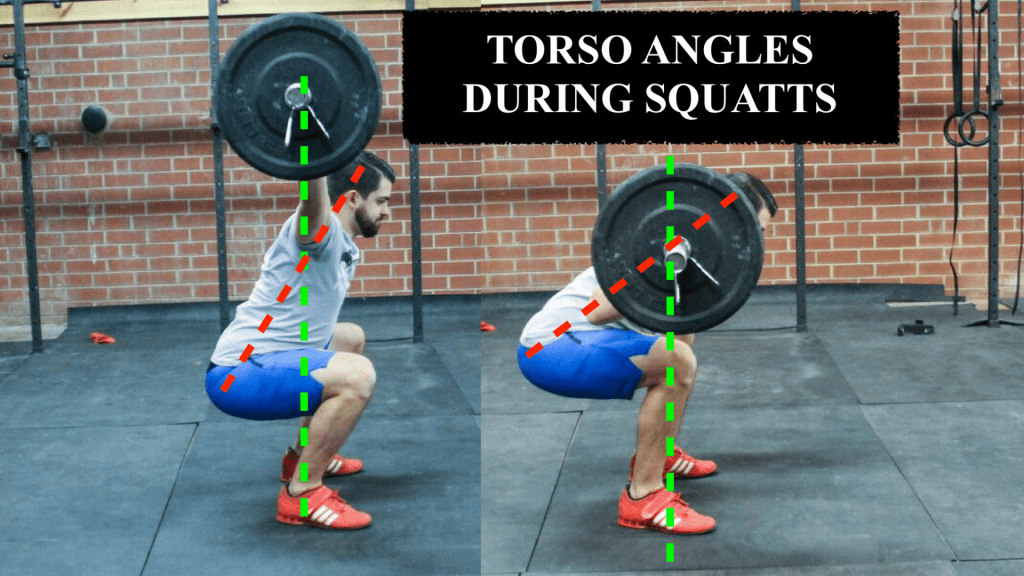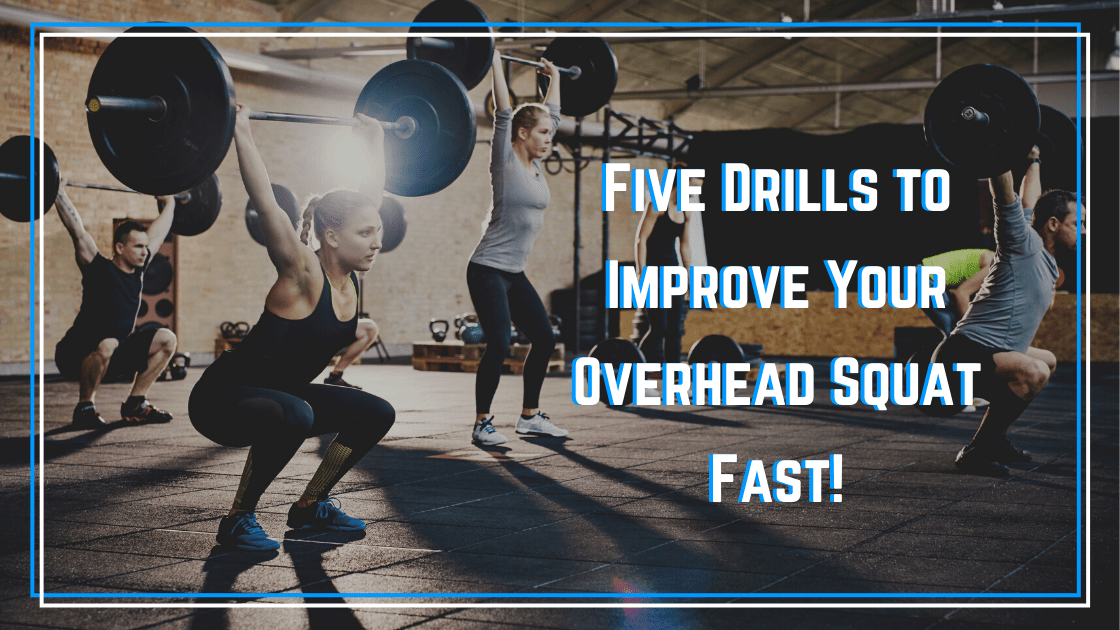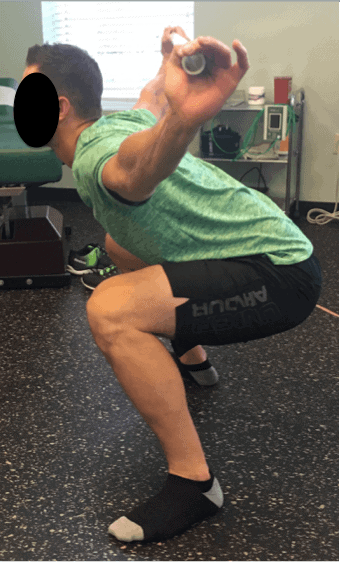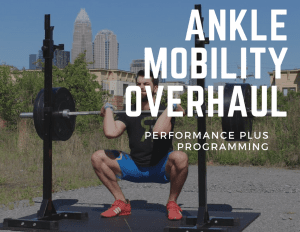The overhead squat provides a significant challenge to many athletes. The combination of lower body power, core stability, and overhead strength can humble many respectable athletes. If you practice the Olympic lifts or CrossFit, then this is a skill set you must master for optimal performance. Before we dive into some of my favorite drills to improve the overhead squat, let’s look at the biomechanics of the overhead squat. This will set the foundation for what we need to execute the movement properly.
UPDATE: I’ve recently posted a new article that is a great additional resource. Check out The Ultimate Guide to Improving Your Overhead Squat.
For more help improving your mobility, access our FREE mobility checklist!
Biomechanics of the Overhead Squat
The most important technique note with the overhead squat that we need to discuss is the torso position. To best position the athlete to overhead squat a significant amount of weight and/or volume we want a more upright torso with the overhead squat. This torso angle is more upright than we’d typically see in other squat variations.

There are two main reasons a vertical torso is advantageous in an overhead squat. First, this position will improve overall trunk stability (specific to this lift). Second, a more upright torso will keep the shoulder from having to go into an extreme hyper-abduction to keep the barbell over the midfoot. When an athlete can’t keep a more upright torso, extra stress is applied to the soft tissues of the anterior shoulder. Quite commonly, over time, this CAN result in shoulder injuries. Here’s an example of this with a patient I treated with anterior shoulder pain.
To obtain this more vertical torso position, the athlete needs more ankle mobility than with most other squat variations. The above athlete had a significant ankle mobility restriction that lead to his poor positioning.
Note: if mobility is what is limiting your overhead squat performance, I suggest checking out the following programs:
- OVERHEAD SQUAT OVERHAUL
- OVERHEAD MOBILITY OVERHAUL
- ANKLE MOBILITY OVERHAUL
- THORACIC MOBILITY OVERHAUL PROGRAMS.
IMPROVE YOUR OVERHEAD SQUAT
Ready to get moving better? Try these five drills to improve your overhead squat positioning.
Band Squat and Press
Some athletes who have good ankle mobility won’t use it duirng their overhead squat. This results in a forward torso angle even though they don’t need to squat that way. For these athletes, I use the Band Squat and Press to improve the overhead squat.
I instruct them to place enough tension on the band so that it is pulling the knees forward of the toes. This pull will assist them in sitting at the bottom of the squat. From there, I have the athlete press lightweights overhead to get more comfortable in this position. Olympic weightlifting National Champion James Tatum demonstrates below.
Hanging Band Technique (HBT) Push Press
When weights get heavy, many athletes push press the weight up and spend too long trying to stabilize the weight overhead. Then as they squat, their shoulders and core have spent too much time straining already. They then fail the lift simply because they got fatigued rather than because the athlete lacked the strength to complete the lift.
Being able to rapidly stabilize a heavy load will greatly increase your chances of a successful overhead squat.
One great exercise for this is hanging band technique push presses. You can do this with a barbell and weights hanging from bands, but I prefer to use my Yoak as the light bar combined with heavier swinging weights makes the stabilization aspect a bit tougher for me.
View this post on Instagram
9090 Overhead Reach
A lot of athletes have a difficult time maintaining a neutral spine position during overhead squats. They’ll over arch their lumbar spine, flaring their rib cage up due to mobility restrictions in their thoracic spine or shoulders, or at times just due to poor motor control.
9090 Overhead Reaches are my go-to drill to work on improving all of the above. With the knees and hips in this 9090 position, we are similar to the bottom of a squat. We then have the ground providing feedback for the athletes to maintain spinal positioning. Next, the athlete raises his or her arms overhead without arching the back or letting the rib cage flare.
Hanging Band Technique (HBT) Overhead Squats
I like HBT work for many exercises because they punish an athlete when they move out of position, making them a great exercise to rapidly force an athlete to dial in technique with an exercise as complex as an overhead squat.
Goblet Squat and Press
The goblet squat and press is a great exercise to improve the overhead squat in athletes with difficulty keeping an extended thoracic spine, or those needing increased upper back strength. Drop into the bottom of a squat holding a lightweight. Press the weight overhead and drive arms up hard to extend the thoracic spine as much as possible.
If your mobility needs some serious help to perform a better overhead squat, then I suggest checking out the following mobility programs, which you can buy separately or get as part of a membership to Performance Plus Programming!








